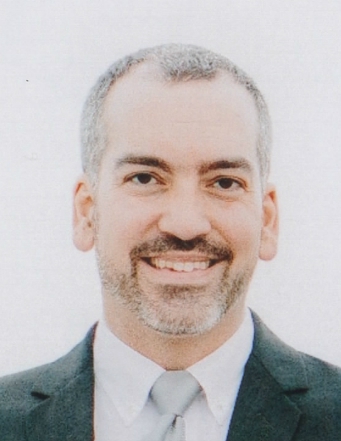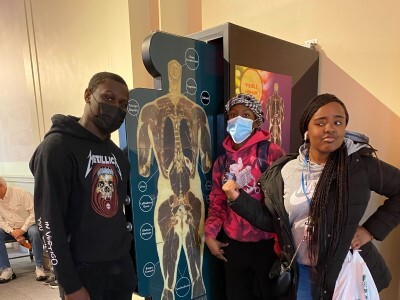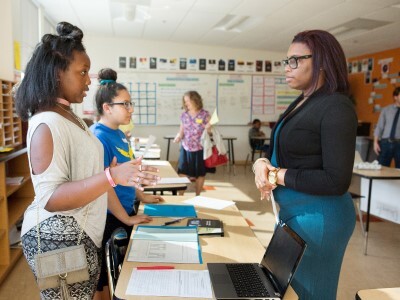Reimagining Assessment
Reimagining What’s Possible for Assessment
Topics

Educators are rethinking the purposes, forms, and nature of assessment. Beyond testing mastery of traditional content knowledge—an essential task, but not nearly sufficient—educators are designing assessment for learning as an integral part of the learning process.
Practitioner's Guide to Next Gen Learning
Tools, materials, and an approach to helping your community explore assessment for learning, agency, and equity, based on this winter's Assessment for Learning Conference.
At the beginning of February 2020, 400 educators and system leaders from across the country gathered in San Diego to fundamentally rethink assessment. The Assessment for Learning Conference was a capstone event for the Assessment for Learning Project (ALP), led by the Center for Innovation in Education and NGLC with design partner 2Revolutions. It was a chance for the ALP community to share what we’ve been learning over the past four years, and to deepen this learning by bringing in many more voices and perspectives.
At that time, we did not imagine how much would change in the world over the next two months. We invite you to use the tools in this Practitioner’s Guide as you consider how students will demonstrate their learning in our current circumstances, particularly in the light of the newly released Envision Learning Partners Virtual Defense of Learning guide.
For this edition of Friday Focus: Practitioner’s Guide to Next Gen Learning, NGLC Program Officer Tony Siddall brings you key moments and resources from the AfL Conference, so that you can create an assessment for learning experience for yourself or your team. In particular, you’ll be supported to:
- Discover the “why” of assessment for learning in the voices of students
- Map your current assessment ecosystem and challenge assumptions about what’s possible
- Understand what assessment for learning is using the four bodies of practice and the five Core Shifts of AfL
- Use a self-reflection tool to identify assets and opportunities in your own context
- Explore resources from the conference and from our learning community
The Why: Students Explain Assessment for Learning
The first step in building student-centered assessment systems is to listen to students. So when the moment came to begin the conference, we turned off the lights in the ballroom. With no introduction we played a montage of students speaking about their experiences with assessment, beginning with these three:
To speak of my education experience, I played the game well. I got A’s. But looking back, aside from a few examples—like namely my capstone—I can’t say that I really learned much that actually stuck with me. Maybe that makes me sound like some kind of an educational fraud, but the way the system works, that’s the kind of success they want to prepare you for.
When I take tests, I literally just—this is so bad—I forget all the information. I’m not trying to, of course. But with badges, the process and the way we go through it, the fact that it’s skills and performance based, it just helps me learn more and be able to remember the things that I learn as well.
I feel like the difference between a test and a portfolio is that with a test you sit in the class, you basically jot down the answers, and it’s just boring. But in a portfolio you actually show what you learned, and people like your classmates, your family, and your teachers get to know what you actually learned, and you can prove to them that you actually learned something good.
You can listen to the full five-minute montage (embedded below), in which students go on to explain how assessment for learning helps them take charge of their learning, deepen their understanding, and connect to their personal goals and aspirations. We chose these voices because they make “the why” of assessment for learning more clear than any statistic or slide deck.
As you consider these student voices, listen for the core purposes of assessment for learning: agency, depth of understanding, and equity. And take a moment to reflect: what do your own students say about their experience with assessment, and how might their perspective help you reimagine what’s possible?
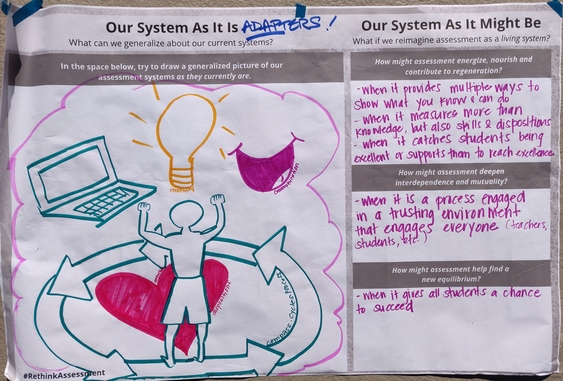
This poster, from a “crew” team at the Assessment for Learning Conference, illustrates the current assessment ecosystem and imagines what it could be like in the future.
The Why Part Two: Assessment Systems as Living Systems
Our theme for the conference was ecosystems. For the past 25 years, education policy and reform has used the language of mechanical systems. Standards. Data. Accountability. Don’t get me wrong—we like standards and data! They play an important role in education systems.
But if we want to truly reimagine what’s possible with assessment, we need to think well beyond a mechanistic paradigm. Standards are great when you’re trying to get lots of different devices on the same wireless network or ship a container of goods across the globe, but the way we’ve used them in education has led to serious unintended consequences. These include narrowing of the curriculum, teacher and parent backlash, and students who are adept at gaming the assessment system.
Schools are living systems, and living systems are organized through mutual dependence, complex interactions, and relationships (not standards). How might these ideas help us rebuild our mental models for assessment? To answer this question, we broke everyone up into small “crews” on the first day, for an activity that you can try in your own learning community.
The Mapping Our Assessment Ecosystem activity walks you through reflecting on “my own assessment system,” to generalizing about your system as it is, and then using ecosystem concepts to reimagine your system as it might be. It works best with small groups who have varying perspectives on assessment, and it takes 60-90 minutes. The activity is designed to help you ask fundamental questions about what, why, and how you assess student learning.
The What: AfL Practices and Core Shifts
The ecosystem mapping activity was an invitation to tear down mental models that prioritize assessment of learning. That is, assessment that happens at the end of learning and looks backward. Rebuilding these mental models to prioritize assessment for and as learning was the work of the rest of the conference. As a foundation for this rebuilding, we defined assessment for learning in terms of four “bodies of practice” and five “Core Shifts of AfL.”
The bodies of practice help ground assessment for learning in student and teacher practice. They were the basis for our conference strands. To help establish a common language for what we mean by each of these, we asked our strand designers to create a three-minute, lo-fi (and in many cases humorous) video. You can check them out below:
- Portraits of a Graduate. A statement of a community’s shared aspirations for student learning, created through an intentionally inclusive process.
- Performance Assessment. The assessments and underlying processes that allow students to demonstrate their knowledge and skills by applying them to complex and novel tasks.
- Formative Assessment. The process that teachers use to notice, recognize, and respond to learning, in order to enhance that learning, during the learning.
- Exhibitions & Defenses of Learning. The processes and events through which students present and discuss their learning with authentic audiences at key moments in their educational careers.
Any of these bodies of practice can be a great starting point, but we’ve learned that the real power of assessment for learning is in the interconnections between these practices. To help people make their own connections, we offered five cross-cutting “Core Shifts of AfL,” which describe what’s different in an assessment for learning system, as compared to an assessment of learning system.
The Core Shifts that distinguish assessment for learning are:
- Partnership: Engaging students as active partners
- Process: Recognizing that assessment is an integrated, ongoing process
- Priorities: Prioritizing feedback and reflection over evaluation and ranking
- Product: Producing bodies of evidence rather than only scores or grades
- Purpose: Enacting more equitable systems and learning environments
Here’s an example of why the core shifts are as important as the assessment practices: many members of our learning community have shared that when they began with performance assessment, some people ended up “teaching to the rubric” (i.e. overly narrowing instruction based on rubric descriptors). This is better practice than teaching to a narrow standardized test, but it’s unlikely to build agency. Learner agency emerges from the daily habits of goal setting, reflection, and feedback in formative assessment, and from connecting in-school learning to individual goals and purpose through exhibitions and defenses. The power of assessment for learning is in the interconnections.
Learning is about making sense of new knowledge as it connects to or challenges what you already know. Together, the bodies of practice and core shifts are intended to create a playing field where this sense-making can happen. What are we already doing that relates to the AfL bodies of practice? What shifts should we consider to our current assessment practices so that their first and foremost priority is student learning?
For many educators, the core shifts and bodies of practice offer plenty of fodder for reflection and discussion. For those who want to dig deeper, we also collaboratively created a series of “shared learnings” that explain our emerging understanding of what’s most important in assessment for learning. We try to live a culture of revision, so these shared learnings are not a definitive statement. So, as you read them, consider an invitation to join our collective learning. Question these assertions, make new connections, and send us your thoughts!
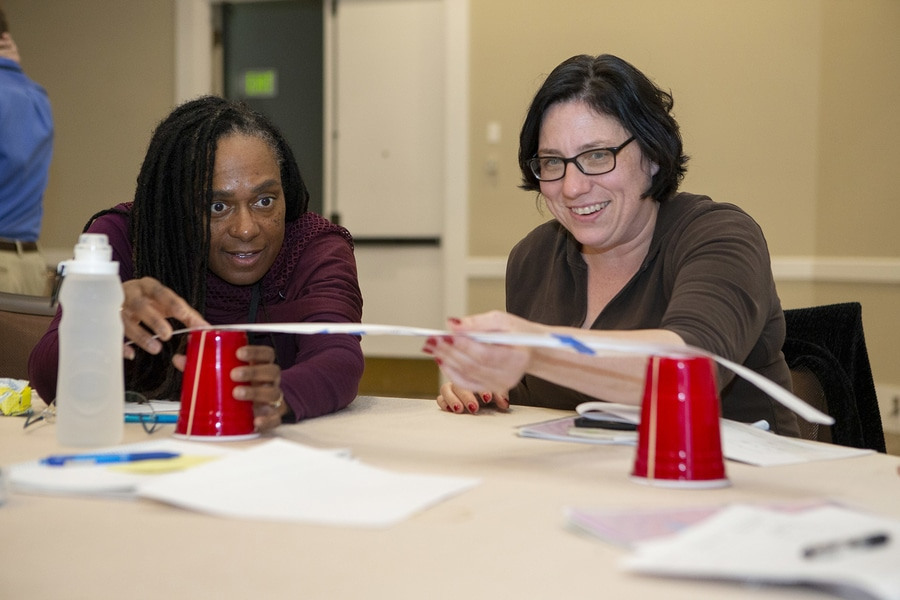
In a conference session called “Are Your Students Really Thinking?” participants built models to “make visible” their thinking about problem solving. (Courtesy of Starr Lang, Mission Vista High School)
The How: Going Deeper with Assessment for Learning in Your Context
We spent half of the first day of the conference on the items described above—exploring our current assessment systems, envisioning new possibilities, and reflecting on how assessment for learning might help build a bridge between the two.
We wanted people to be intentional about understanding their own contexts, identifying assets to build on, and focusing their learning at the conference on these opportunities. Our collaborators at Envision Learning Partners created an Assessment for Learning Self Reflection and Planning Tool to support this process. The tool walks you through a reflective process that draws on the Core Shifts and Shared Learnings that guided the conference design, as well as the conditions in your context and your own style as a leader and changemaker. The goal of this process is to get really clear about where assessment for learning is already happening in your context, and what you’d like to learn in order to help it grow.
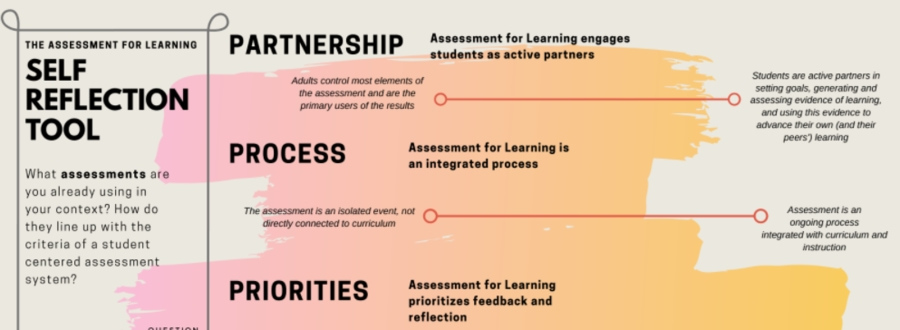
An excerpt from the Assessment for Learning Self Reflection and Planning Tool, which supported participants to reflect on and focus their learning based on their own contexts and goals
The Self Reflection and Planning process helped conference participants choose the sessions they would attend at the conference in San Diego. Those of you who did not attend in person can explore and learn from this resource bank of session materials and related tools and stories from the ALP learning community (and beyond). We invite you to use the Self Reflection and Planning Tool on your own or with colleagues.
Keep the end in mind: your goal is to reflect on the assets you have, the opportunities within your system, and what you’d like to learn in order to seize these opportunities. Choose a handful of resources from the resource bank that best match your learning priorities, and use the notes pages in the tool to take notes. After you’ve done this (on your own or as part of a professional learning community), it’s time to present your learning. The last two pages of the tool will help you do a mini “portfolio defense” of what you’ve learned and how you’ll move it forward.
And remember: a good portfolio defense not only looks backwards at what you’ve learned, it also looks forward. Connect your learning to purpose: what steps can you take to help the students, teachers, and leaders closest to you go deeper into assessment for learning?
Resources
- Hot off the presses! Envision Learning Partners Virtual Defense of Learning resources. AfL Conference collaborator ELP has just released a toolkit and resources to support schools to hold virtual defenses of learning during COVID-19 school closures. The toolkit is designed for schools at multiple levels of readiness.
- Mapping Our Assessment Ecosystems activity. A small group activity to help you identify and challenge assumptions about our assessment systems, as a way to reimagine what is possible.
- Assessment for Learning Conference Session Materials. Descriptions of each session at the conference, organized by assessment for learning practice, with session slides and related resources.
- Assessment for Learning Self Reflection and Planning Tool. A tool to help you identify where assessment for learning is already happening in your context, and what you’d like to learn in order to help it grow.
- Shared Learnings of the Assessment for Learning Project. Collective insights about portraits of a graduate, performance assessment, formative assessment, and exhibitions of learning from the ALP Learning Community.
- Assessment for Learning Project Library. Additional resources and stories from ALP Grantees.
Photo at top courtesy of Starr Lang, Mission Vista High School.

